historic building
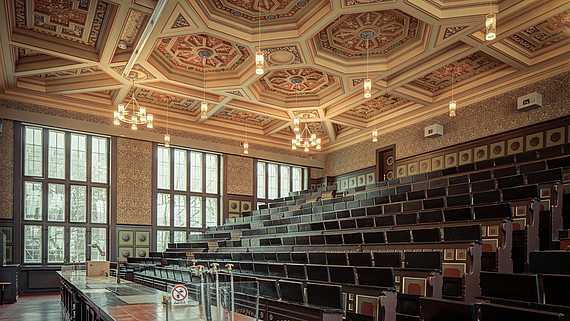
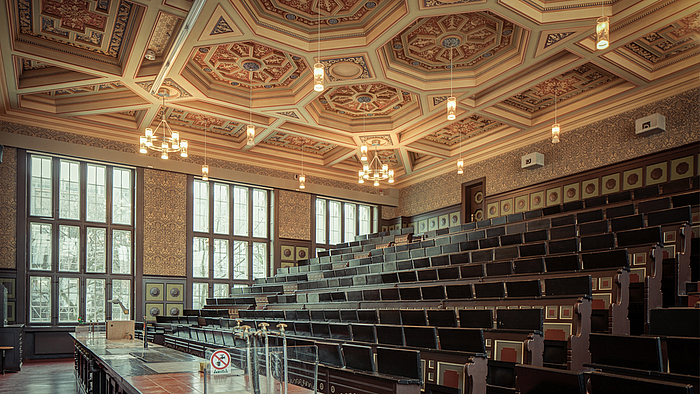
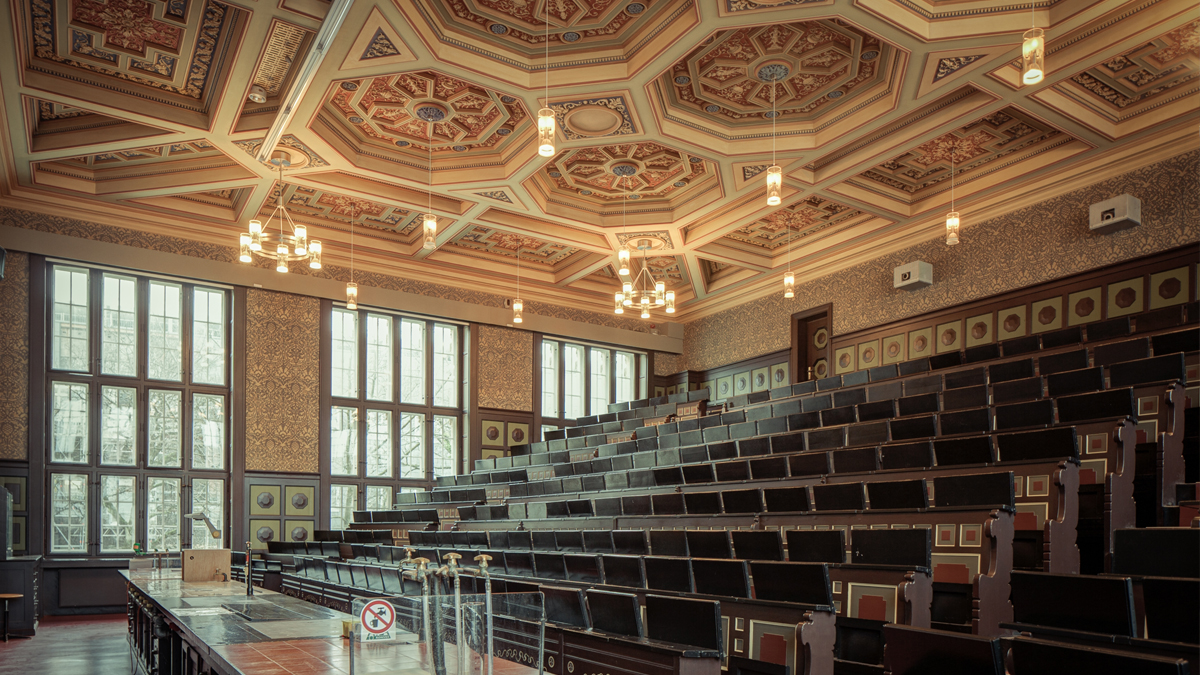
The chemistry building in Callinstraße is located near the Welfenschloss and Prinzengarten. Originally, the building accommodated all chemical disciplines: In the east was the Institute of Organic Chemistry, followed by the Institute of Technical Chemistry and Electrochemistry, and finally the Institute of Inorganic Chemistry in the western part.
The 128-metre long, completely symmetrical main building is adjoined to the west by the auditorium building. The richly decorated Kali-Chemie lecture hall with 268 seats is also located here.
The "Palace of Chemistry" was built between 1906 and 1909, when Friedrich Ebel, the regional building inspector, acted as architect. The building was the first facility to be built separately from the main building of the university. At that time, the Welfen- und Prinzengarten was administered by the Prussian domain treasury, which prohibited the construction of buildings on the park grounds, even on the edges.
The dimensions, structure and detailed decoration of the facades are reminiscent of the imposing Weser front of Schloss Vahrenholz near Rinteln. From now on, the people of Nordstadt looked upon a "Renaissance palace". The street front of the chemistry building is demonstratively turned towards the tenement buildings erected around 1900: each of the resident institutes had its own entrance. However, the entrances are not located at a central courtyard of honour but face the street, some of them with elaborate portal porches. At that time, the area was bordered by a cowshed, barn and greenhouses on the park side.
In 1928, the site was extended by a new building for physical chemistry. The architect Franz Erich Kassbaum described it at the time as "the most modern institute with great means". Actually, the intention was to extend the courtyard wings of the main building up to the cuboid of the Physical Chemistry Department, thus creating a closed square - the parallel alignment of the two buildings illustrates this unrealized existence. To this day, the practical laboratories are housed in two courtyard wings, which adjoin the courtyard building at right angles. They were planned at the time along the lines of the new institutes at the Technische Hochschule and University of Berlin. As a special feature, two-sided illumination through rows of windows was adopted. Apart from the large lecture hall, the other rooms were lit from one side only.
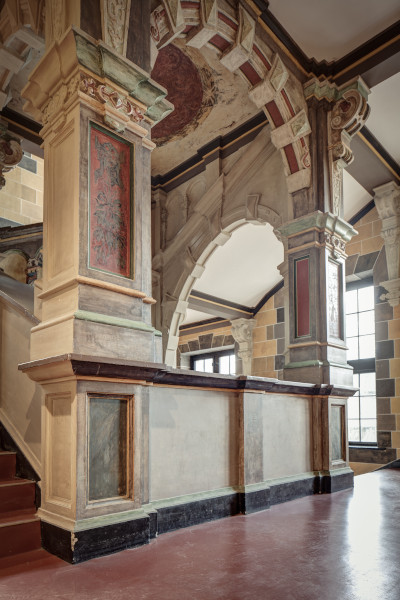


The wall pillars were chosen to be as narrow as the statics allowed to allow as much light into the building as possible - functional details were considered more important than artistic aspects. In the 1960s, the courtyard wings were enlarged due to a lack of space, and the western intermediate wing was widened towards the courtyard. Today our library is located here.
An additional extension was only added in 1967 with the new building for organic chemistry, which forms the south-western end to the Prinzengarten. In 1995 the new building on the east side of the grounds was inaugurated. In addition to the ACI, the physical and technical chemistry departments have also received additional offices and laboratories there.
Important scientists working at the institute
The Polytechnic School, founded in 1831 and directed by Karl Karmarsch until 1875, was elevated to the rank of a "Royal Technical College" in 1879. At that time there were two university professors for chemistry, Friedrich Heeren (1803-1885) and Karl Kraut (1857-1912). In addition to supervising a still small number of chemistry students, they had to provide the necessary chemical knowledge, especially for students of construction and mechanical engineering. Thus, inorganic and inorganic-analytical topics dominated in research and teaching.
In 1882, the personnel representation of the subject was divided into inorganic chemistry (Kraut) and organic chemistry (Post). The two institutes of today, the ACI and the Institute of Organic Chemistry, can be traced back to this date.
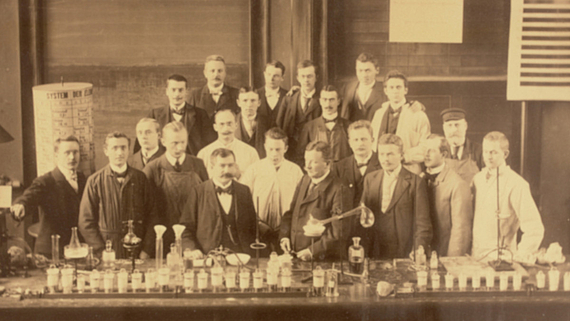
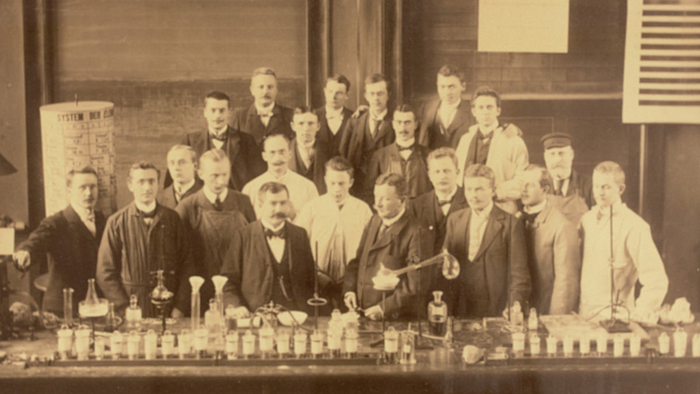
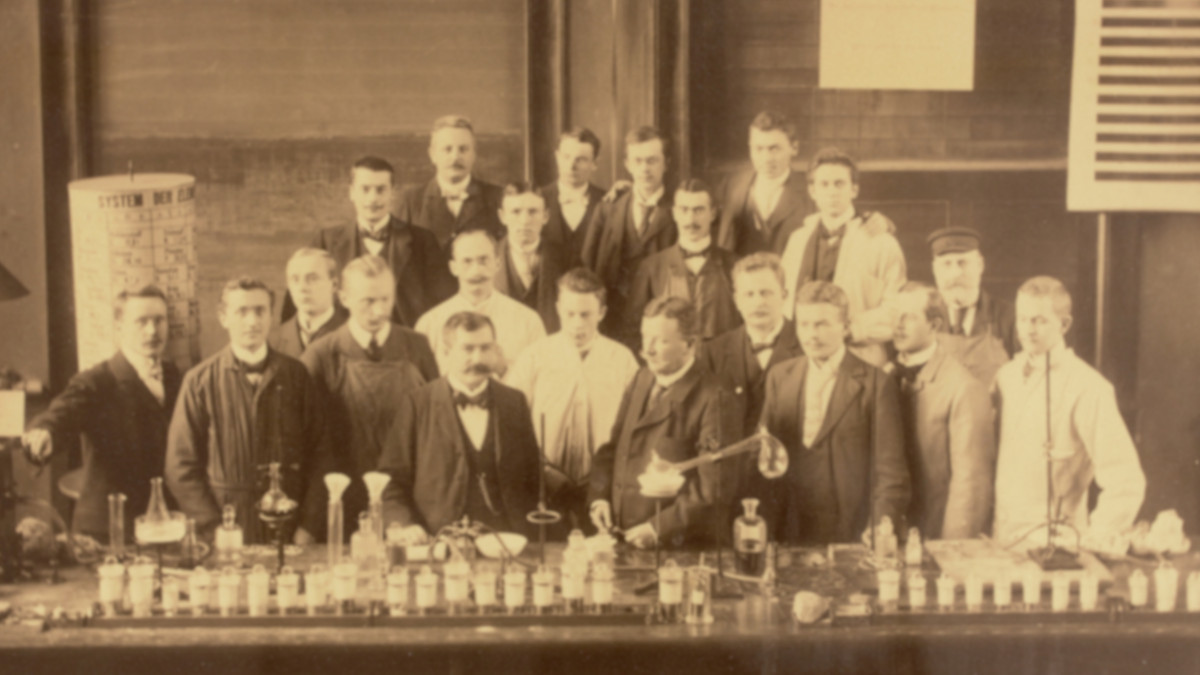
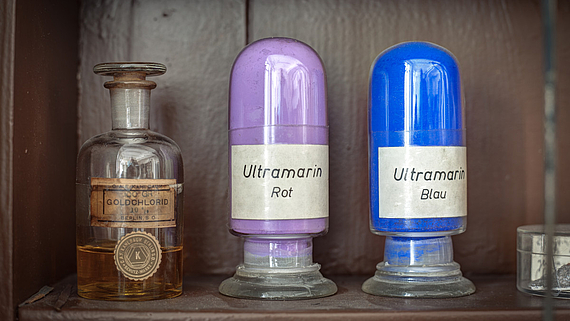
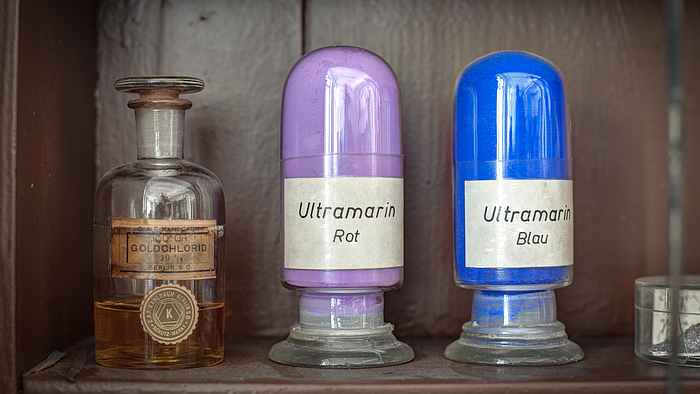
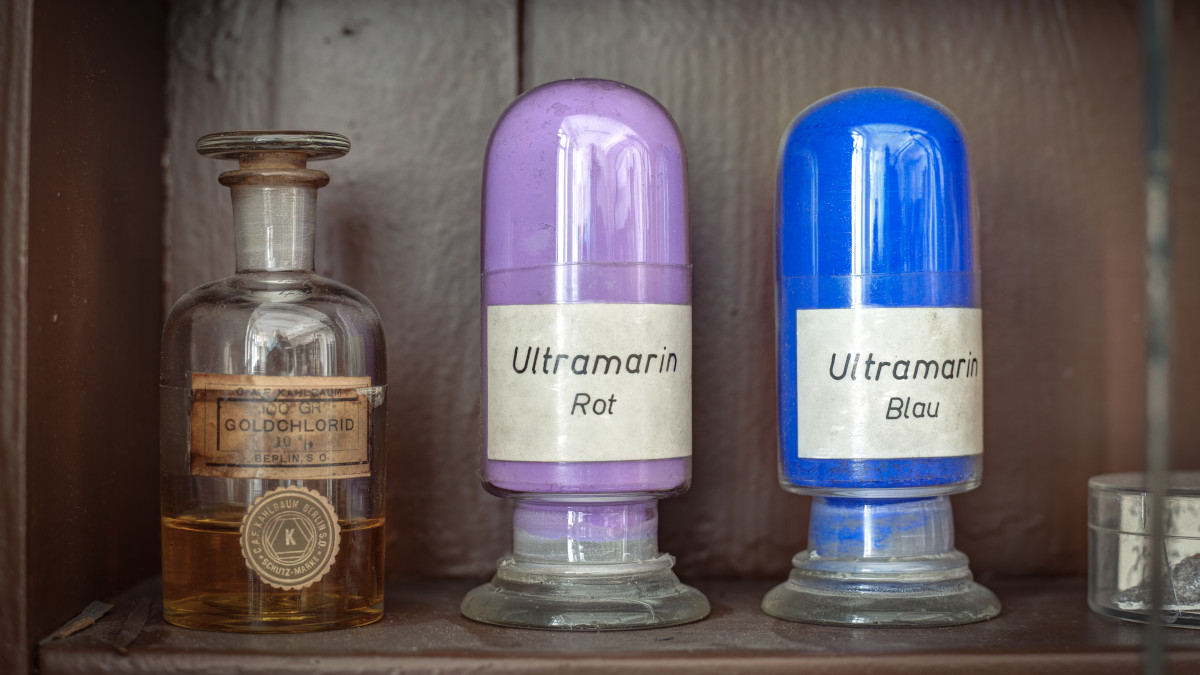
In 1895 Karl Seubert (1851-1942) became professor of inorganic and analytical chemistry. His time in office saw the construction of the building on Callinstraße, which originally housed the entire chemistry department. Seubert's scientific work was influenced by the further development of the periodic table of the elements and was mainly concerned with the determination of the atomic weights of the platinum metals.
Wilhelm Blitz (1877-1943) became Seubert's successor in 1921. His investigations into the "space chemistry of solids" are a fundamental contribution to modern solid state chemistry, which is now a research focus of the institute. In teaching, Biltz attached great importance to basic training in analytical chemistry, because he was convinced that clean laboratory work had to be learned right at the beginning of the course. It was hardly possible to teach this to a doctoral student. Biltz did not begin training in preparative chemistry, which requires more experimental experience, until after he had completed his analytical studies: This didactic concept still applies.
Werner Fischer (1902-2001) was appointed as his successor in 1944. He was initially confronted with the bomb damage to the institute and the difficulties of restarting research and teaching after the end of the war. Of his scientific work, the improvement of the then extremely difficult separation of rare earths and of zirconium/hafnium with extraction processes deserves special mention.
Modern times
The strong expansion of the tertiary education sector since the end of the 1960s led to the establishment of a second chair of inorganic chemistry at the institute in 1970. Hans Berthold, Hinrich Seidel, Martin Jansen, Gerd Meyer and Michael Binnewies have held it. Currently Sebastion Polarz is head of the institute.





